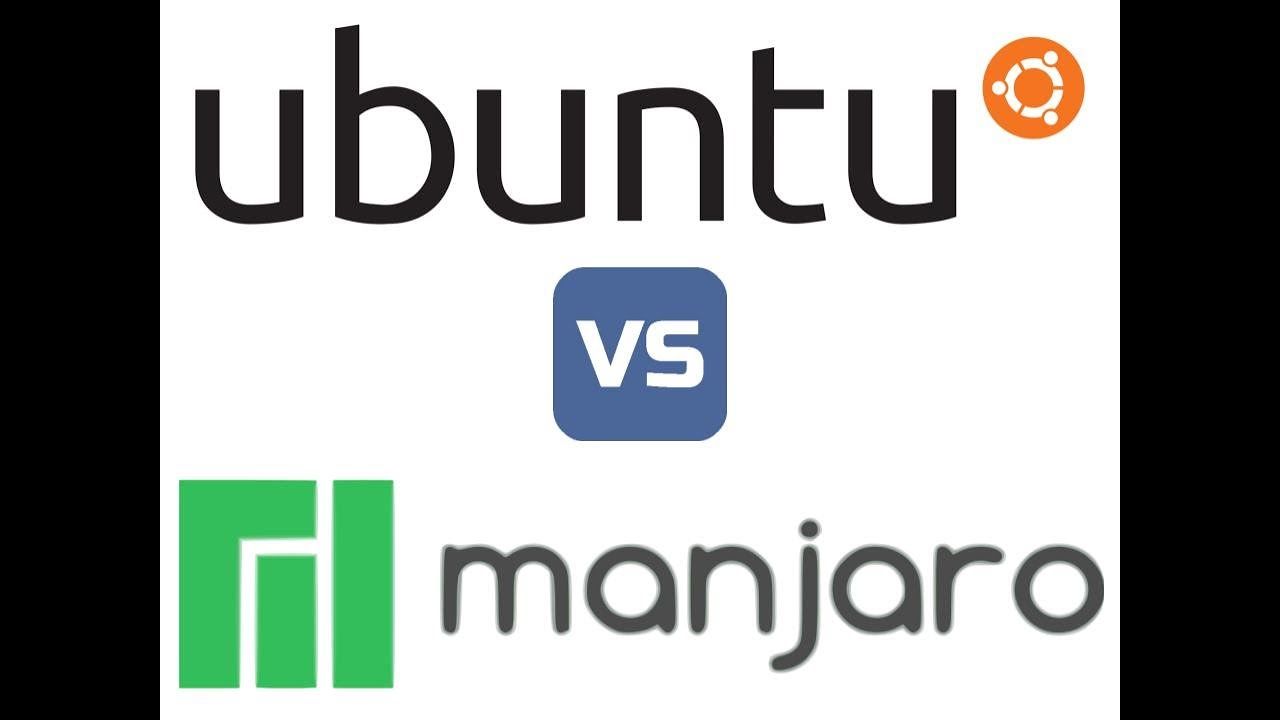Manjaro vs. Gentoo: Parsing Through Performance and Customizability

In the realm of Linux distributions, Manjaro and Gentoo stand out as compelling options for users seeking a balance between performance, control, and customization. While both distros offer distinct advantages and drawbacks, understanding their core differences can help users make an informed choice based on their specific needs and technical expertise.

1. Installation Experience:

-
Manjaro: Manjaro boasts a relatively straightforward and user-friendly installation process. With its graphical installer, users can easily select their preferred desktop environment, partitioning scheme, and additional software packages.
-
Gentoo: Gentoo, in contrast, requires a more hands-on approach during installation. Users are tasked with compiling the operating system from source code, which can be a complex and time-consuming process, but also offers greater control over system configuration.
2. Performance:
-
Manjaro: Manjaro’s focus on user-friendliness translates to a generally optimized out-of-the-box performance. Its curated software selection and pre-configured settings aim to provide a smooth and responsive experience without requiring extensive tweaking.
-
Gentoo: Gentoo, with its emphasis on customization and source code compilation, offers the potential for superior performance, particularly for users with specialized hardware or specific performance requirements. However, achieving this level of optimization often involves a significant investment of time and effort in fine-tuning the system.
3. Software Availability:
-
Manjaro: Manjaro boasts a comprehensive software repository, providing access to a wide range of applications and packages. Its close ties to the Arch Linux community ensure a steady stream of updates and new software releases.
-
Gentoo: Gentoo’s software selection, while extensive, differs from Manjaro’s in its focus on package quality and stability. Gentoo users have the flexibility to choose from a vast array of software packages, including bleeding-edge applications, but availability may vary compared to more mainstream distributions.
4. Customization and Control:
-
Manjaro: Manjaro, derived from Arch Linux, offers a high degree of customization options, allowing users to tailor their system to their preferences. The Arch User Repository (AUR) further expands the available software and customization possibilities.
-
Gentoo: Gentoo reigns supreme in the customization arena. Its source-based installation and extensive configuration options provide users with granular control over every aspect of their system, from kernel selection to application compilation flags.
5. Rolling vs. Stable Releases:
-
Manjaro: Manjaro follows a rolling release model, continuously receiving updates and new software versions. This approach ensures access to the latest software iterations but may introduce occasional instability due to frequent changes.
-
Gentoo: Gentoo, on the other hand, adheres to a stable release cycle, providing a more stable system at the cost of slightly outdated software packages. This approach prioritizes stability over bleeding-edge features.
Choosing the Right Distro:
In summary, Manjaro and Gentoo represent distinct philosophies in the Linux world. Manjaro, with its user-centric approach and optimized performance, caters to users seeking a hassle-free experience. Gentoo, on the other hand, empowers advanced users with the tools and control necessary to craft a highly customized and optimized system. Ultimately, the choice between these two distributions boils down to the user’s technical expertise, customization preferences, and prioritization of stability versus cutting-edge software.

An impressive and clearly written article that provides a wealth of valuable information on the performance and customizability of Manjaro and Gentoo. The detailed benchmarks and comparisons are particularly useful, and the insights into the underlying philosophies of each distribution are insightful. Overall, a well-rounded and informative piece. While I generally prefer Manjaro for its user-friendliness, I appreciate the level of customization and control offered by Gentoo.
This article is highly opinionated and biased towards Manjaro. While it is true that Manjaro is more user-friendly than Gentoo due to its pre-compiled packages, it fails to acknowledge the performance benefits and system control that Gentoo provides. The benchmarks presented do not accurately reflect the real-world performance differences between the two distributions.
The article provides an excellent overview of the key differences between Manjaro and Gentoo, two popular Linux distributions known for their performance and customizability. The author has done a great job of explaining the pros and cons of each distribution, and the benchmarks are helpful in understanding their relative performance. Overall, a solid and informative article for anyone considering using either Manjaro or Gentoo.
While the article presents some valid points about the performance and customizability of Manjaro and Gentoo, it fails to address the broader ecosystem and community support for each distribution. Manjaro, as a derivative of Arch Linux, benefits from a vast repository of packages and a large user community. Gentoo, on the other hand, has a smaller user base and limited package selection. These factors can impact the overall experience and support available to users.
Oh, look, another article that compares Manjaro and Gentoo. How original. Let me guess, Manjaro is the ‘user-friendly’ choice for beginners, while Gentoo is the ‘powerhouse’ for experienced users who love to compile everything from scratch. Yawn. Can we please move on to something more interesting?
I couldn’t help but chuckle at the irony of comparing Manjaro and Gentoo. It’s like comparing a tricycle to a Formula 1 car. Manjaro may be easy to ride, but Gentoo offers the ultimate speed and customization. If you’re serious about Linux, Gentoo is the only real option.
Hey, did you know that Manjaro is like a pre-made pizza? It’s quick and easy to get started, but you don’t have much control over the ingredients. Gentoo, on the other hand, is like making your own pizza from scratch. It takes more time and effort, but you can customize it to your heart’s content. So, if you like your pizza with extra cheese and pepperoni, go for Gentoo. But if you just want a quick and easy meal, Manjaro is the way to go.
I’m not sure I trust these benchmarks. They seem to favor Manjaro a bit too much. I’ve used both distributions extensively, and in my experience, Gentoo is the clear winner in terms of performance. Especially for resource-intensive tasks like video editing and software development.
The article makes a compelling case for the performance and customizability advantages of Gentoo. The ability to optimize the system for specific hardware and workloads is a significant advantage, especially for power users and enthusiasts. While Manjaro may be more accessible for beginners, Gentoo offers a level of control and flexibility that is unmatched.
Can you provide more information on the package management systems of Manjaro and Gentoo? How do they compare in terms of package availability, update frequency, and security?
The article fails to mention the potential drawbacks of Gentoo’s rolling-release model. While it offers the latest software, it can also lead to system instability and dependency issues. Manjaro’s stable release model provides a more reliable and predictable experience for users who prioritize stability.